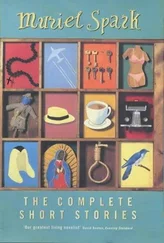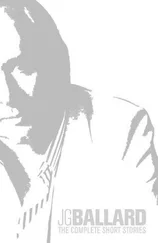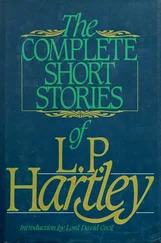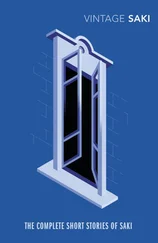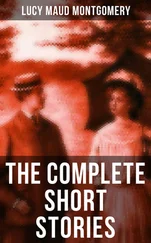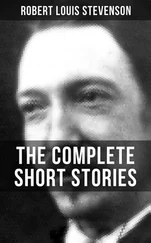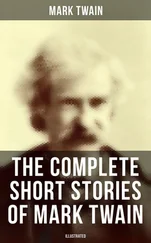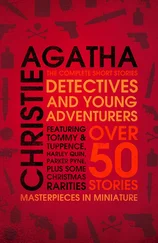But when Harry had gone, I picked the thick disc up again and re-examined it. On the blank side was a small panel. It yielded to my exploratory fingernail and slid up. Underneath was a label which read:
POLICE VIDEOFILE B/l191214/AAA
– –
INTERPLANETARY
– –
Cat: Ganymede-Eros-Earth-Venus
Cr: Sabotage. Timesliding. Murder.
Type: Humanoid Venusian experiment: smoof.
Name: Above type use only generic name, smoof.
Filed –/viii/14/305
Rev. 2/xii/12/309
When I had read it, I re-read it. Then I re-read it. Catching sight of myself in a mirror, I saw my features were suffused with an expression of blank imbecility. ‘What’s a smoof?’ I asked the dolt.
‘A humanoid Venusian experiment,’ it replied.
Was the disc a joke of some sort? And what was a videofile? And what was a videofile doing in my room? I put it on the turntable again and started it up. But again came the trouble of dodging the smooth groove; that one being the wider, into that one the sapphire generally went. Finally I succeeded in hitting the other groove.
There was a high and rapid babble of sound, together with a rasping noise. I switched off smartly. There was no reason why it should have worked. Then it occurred to me that at 78 revs I might have played it too fast. I switched on at 33 1/3. Now the babble resolved itself into a high, fast voice; but still that horrible rasp. Again I switched off. Possibly the sapphire was overrunning the grooves; somewhere I had a finer one on a lighter pickup. After searching excitedly through three littered drawers, I found it and attached it. Breathless, setting the speed still slower, I tried again.
This time I had it! I had, to be accurate, a number of things. I soon gathered this disc was only the sound-track for a sort of film. And I knew the police report was no joke; it threw sidelights, tantalising and confusing, on a complex future world. It threw a searching light on to a smoof that made my hair stand on end …
Next day I smuggled the disc down to the works, carefully avoided Harry Crossway, and took a few plates of it under the X-ray apparatus they use for checking valves, etc.
The X-rays revealed an interior that looked at first about as complicated to me as a watch would have done to a primitive who had only just stumbled on to the use of a wheel. But the harder I looked, the more convinced I became that the disc was some sort of television receiver. There were, for instance, the normal horizontal and vertical deflecting systems employed in today’s circuits, although infinitely better packed and planned.
The thin spiral that we had called our ‘smooth groove’ proved to be a vast number of separate but linked rectangular plates. They were made of a glass that seemed infinitely strong and thin. And then I had an idea, and locked myself away from mortal men for a day. Oh, one thing I ought to mention. Foolishly – curiosity plays deadly tricks on a man! – I inserted an ad. in the local paper. It read: ‘Smoofs welcome here. No spoofs.’ And my address. Facetious to the last, that’s me.
When I had inserted that ad. I did not fully believe. But at the end of that day and night of figuring, swearing and tinkering, I emerged believing all too fully. I felt grey; I felt bald; I felt scared. With a shaking hand, I phoned Harry. He was still at the workshop, but at the sound of my voice he said he would be over at once. While I waited, I took a drink and composed myself.
Very shortly I heard Harry letting himself in. He climbed the stairs, entered, and said, handing me a note: ‘This was tucked in your letter flap.’ Then he exclaimed: ‘What have you got here?’ and went over to my gadgets on the side-table.
‘Is this what you called me over for?’
‘Yes,’ I said.
‘Huh! You sounded so excited, I brought my revolver over just in case.’
‘We may need it yet,’ I answered dazedly, my eyes scanning the note he had brought up. It was a reply to my advert. It merely said: ‘I shall be at your house at nine o’clock. Set no traps. Smoof.’
‘Oh Lord!’ I whispered. It was ten past eight. Outside, the street lamps were on. It was very still.
‘What’s all the mystery?’ Harry asked impatiently. In some ways he is a queer fellow. Slow and methodical in his work, yet otherwise reckless – a round peg with a square hole somewhere inside him.
It seemed best to tell him everything if he was to be involved in the affair. I crossed to the apparatus. I had a large cathode ray tube resting in front of the radiogram and connected to a specially doctored image orthicon that was clamped to an extremely clumsy bit of mechanism. This last gadget was merely a long-running clockwork motor that moved my image orthicon slowly in towards the centre of the record, keeping its neck constantly in – touching, in fact – the smooth groove.
‘I’m going to play that disc to you now, Harry – on this.’
‘You got it to work?’ he asked.
‘Yes. It’s a telefile from the police records in some future time.’ I paused for comment, but he made none.
‘How far in the future I don’t know. Perhaps two hundred years … not less. You’ll be able to judge. You’ll see vast technical ability going hand in hand with the death of conscience – the sort of thing a pessimist might predict today. Not that there’s much room on this record for more than guesses, which seems to make it more hauntingly dreadful; and although I’ve got it to work, it doesn’t work well.’
‘Surprised you got it to work at all!’ he said.
‘I don’t know. Supposing Edison got hold of one of our present-day recordings. He’d soon fathom it.’
‘You’re some Edison!’
I dimpled modestly and said: ‘Thank you. Actually it’s quite simple. At least, my part of it is. Up to a point, in fact, the whole thing is easily understandable, if not duplicatable, by modern knowledge.’
‘Up to which point?’ Scepticism in his voice.
‘Harry, we’ve got hold of a television record from the future. It’s certainly more compendious for short documents than a roll of film. The unusual feature in it is a frozen signal. It seems the signal is shot from transmitter into a storage valve circuit; or perhaps the ability lies in the transmitter, in which case duplication will be more difficult – I’ll have it all worked out, if it takes a lifetime. If I’ve got a lifetime …’
‘Go on about the record.’
‘Oh yes. I’ve had to take the turntable pin off the radiogram and install an insulated cog in its place, over which the record just fits. As you can see, two brushes are in permanent contact with the top of the cog; they’re plugged into a transformer off the mains, so that a permanent current of 40 volts is fed into the record as it revolves. Shall I switch on?’
He did not know what was coming and his scientific interest was aroused, so he said – still clinging to disbelief: ‘What sort of a circuit have you got inside the record?’
As I described, I sketched on a bit of paper. ‘Some of the wiring I cannot understand,’ I confessed. ‘The frozen signal feeds to a video amplifier and then splits into restorer circuits – you’ll see if you don’t think them the sweetest little jobs you’ve ever set eyes on! – and the ordinary synchronising separator and horizontal and vertical deflecting circuits (which, by the way, are self-controlled on a fluid-drive principle).
‘Here the two circuits join onto what acts, as far as I can see, as the hind part of an image orthicon. There’s a photocathode to take the light image and a quite ordinary electron lens system which focuses the electrons on to the target, the target being this superfine ‘film’ glass which is our smooth groove. From then on it’s all my own work. As you can see, I’ve broken down one of our image orthicons and fixed it up so that when the turntable turns the fine-mesh screen is touching the smooth groove the whole time.’
Читать дальше

